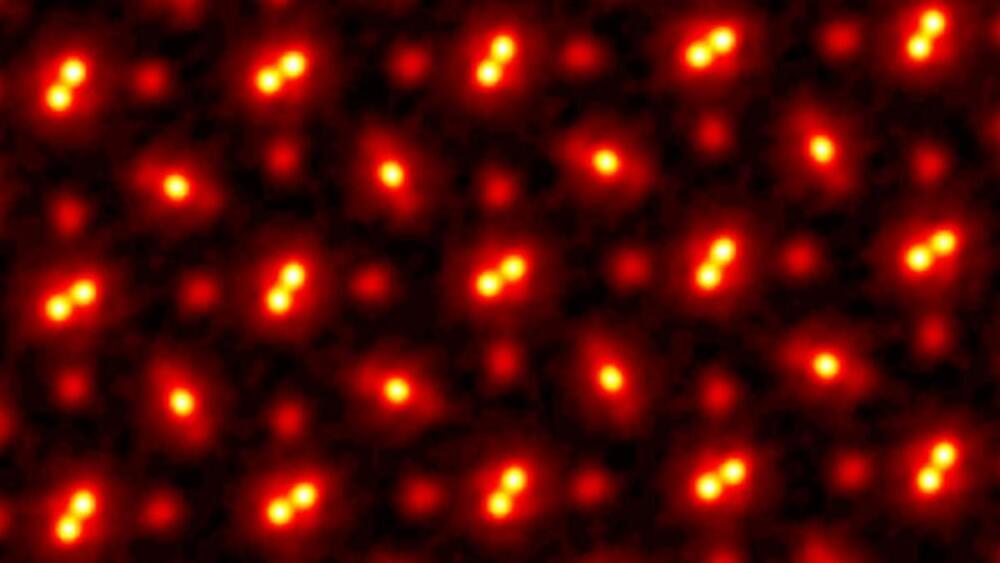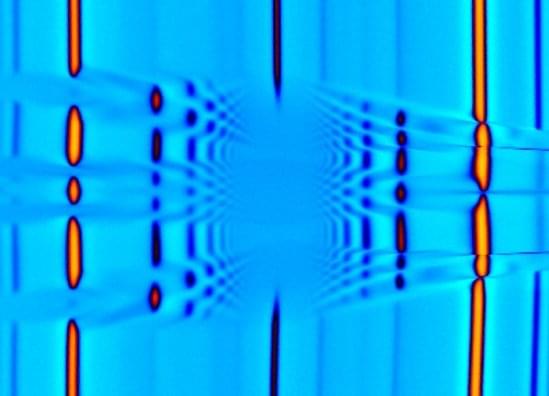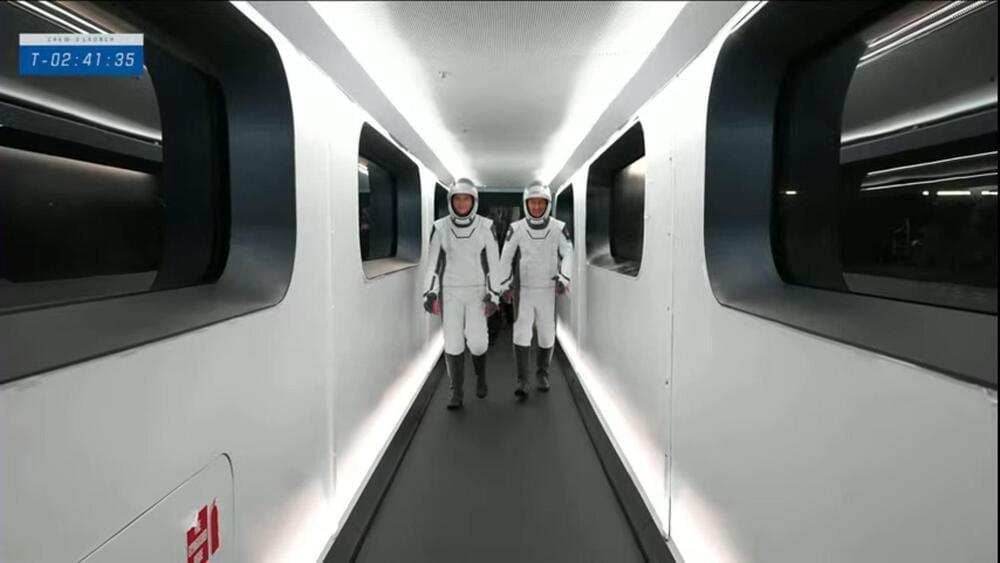Physicists just put Apple’s latest iPhone to shame, taking the most detailed image of atoms to date with a device that magnifies images 100 million times, reports. The researchers, who set the record for the highest resolution microscope in 2018, outdid themselves with a study published last month. Using a method called electron ptychography, in which a beam of electrons is shot at an object and bounced off to create a scan that algorithms use to reverse engineer the above image, were used to visualize the sample. Previously, scientists could only use this method to image objects that were a few atoms thick. But the new study lays out a technique that can image samples 30 to 50 nanometers wide—a more than 10-fold increase in resolution, they report in. The breakthrough could help develop more efficient electronics and batteries, a process that requires visualizing components on the atomic level.





